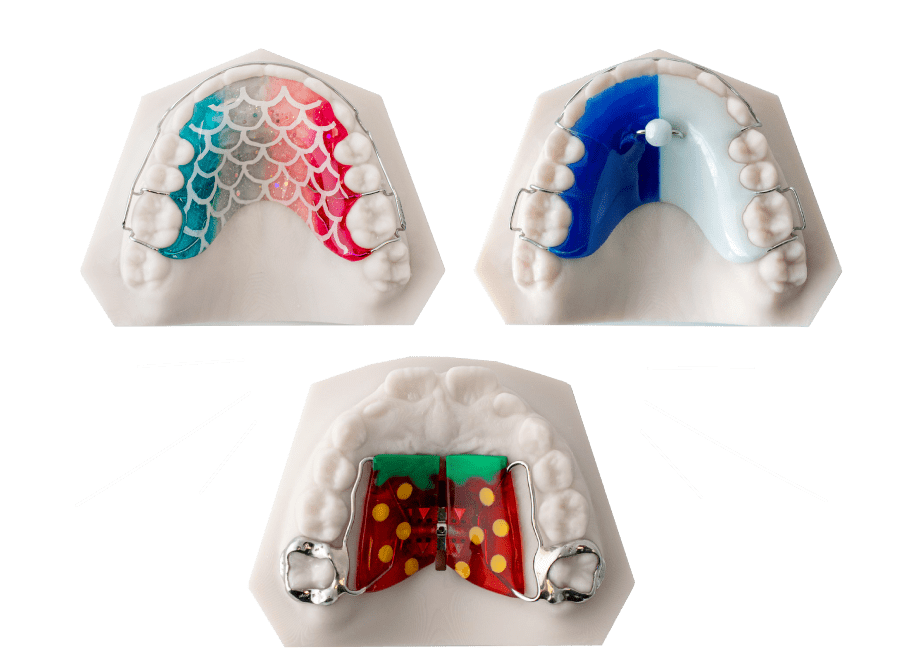What’s Wrong with Traditional Class II Appliances?
Let’s be honest: when a 12-year-old walks into your office with a Herbst and a cheek ulcer, it’s hard to feel like we’ve advanced much in Class II correction. Despite decades of use, Herbst appliances still suffer from the same frustrating patterns: screw breakage, mechanical jams, soft tissue irritation, and unpredictable compliance.
Studies confirm what many orthodontists experience daily. Up to 30% of Class II patients face breakages in their Herbst hardware—most commonly L-pins, crowns, or telescoping arms. The telescoping mechanism, once hailed as clever engineering, frequently jams and immobilizes, especially if patients eat sticky or crunchy foods. And when it fails, guess who has to fix it? You, in a packed chair schedule.
Beyond mechanics, the Herbst appliance creates biological side effects. Lower incisor proclination is almost a given, anchorage loss in the lower arch can derail treatment goals, and long-term stability—especially in non-growing patients—is a gamble.
The worst part? Patients feel it too. They talk less. They eat less. Some even stop smiling. And in a profession built around improving smiles, that’s a problem.
Casper: A Smarter, Screw-Free Alternative
Casper doesn’t try to improve on the old hardware. It rewrites the whole script.
Designed by Dr. Neil Warshawsky after decades of treating complex cases, Casper is a bonded Class II correction appliance that eliminates all the usual weak points. No screws. No telescoping. No anterior bulk. Just a one-piece, 3D printed chrome cobalt appliance built to handle real forces without falling apart.
It’s called Casper because patients barely know it’s there. Posterior placement improves comfort, aesthetics, and hygiene. And its screw-free, bonded design means less chair time for you—and fewer emergency calls from parents.
From a clinical perspective, Casper functions like the TMJ. The vertical dimension is built from day one, encouraging predictable eruption and stable profile improvements. Dr. Warshawsky calls it “biodynamic” for a reason. In over 100 clinical cases, Casper has helped orthodontists avoid breakages, reduce patient stress, and achieve class I occlusion faster.
Casper also fits seamlessly with both aligners and braces. It’s truly agnostic.
Casper vs. Herbst: What’s the Real Difference?
| Feature | Casper | Herbst |
| Design | 3D printed, screw-free, one-piece | Multi-part with telescoping screws |
| Breakage Rate | Very low (under 2% in 100+ cases) | High (screw loosening, L-pin failure common) |
| Patient Comfort | High (posterior, invisible) | Moderate (anterior bulk, cheek irritation) |
| Chair Time | Low | High (frequent adjustments) |
| Skeletal Targeting | Custom to occlusal relationship | Stock band fit, less precision |
| Esthetics | Invisible to patients | Visible metal parts |
| Adjustability | Two-stage swap option | Manual screw advancement |
Casper’s development wasn’t just about function—it was about patient outcomes. In case after case, patients using Casper reported improved sleep, stronger profiles, and greater confidence. One 17-year-old, after 44 months of failed treatment with braces, saw his 9mm overjet reduced to 2mm in under a year. He didn’t want braces again. Casper worked with aligners. He now sleeps better and says he “sings better, too.”
Compare that to the constant adjustments required by Herbst. It’s not even close.
Real Patient Outcomes: The Proof Behind the Promise
Casper isn’t theory. It’s live in clinical practice.
Dr. Warshawsky shared multiple cases of patients who had failed traditional treatments or presented with complex anatomical limitations—severe overbites, missing teeth, airway issues, or even craniofacial asymmetry.
One standout was a girl entering seventh grade with 100% overbite, multiple missing teeth, and social anxiety tied to her smile. Casper, paired with clear aligners and pontic space control, gave her both profile improvement and emotional relief. Another case involved an 18-year-old male with severe sleep apnea. A removable version of Casper improved his airway volume from 1mm³ to over 600mm³—without surgery.
Even the most extreme case—a young girl born with hemifacial microsomia and no right mandibular condyle—benefited from a custom Casper appliance that laid the foundation for a successful rib graft. Her airway, face symmetry, and posture all changed.
These aren’t flukes. They’re the product of an appliance that grows with patients.
Why Casper Makes Sense for Your Practice
Treating Class II correction shouldn’t feel like babysitting hardware. With Casper, you’re focusing on outcomes, not on repairs.
You gain time: fewer emergency visits, faster treatment timelines, less troubleshooting.
You reduce costs: no need to keep screwdrivers in every operatory.
You offer comfort: no cheek pokes, no speech issues, no aesthetic concerns.
And you deliver confidence: both to your patients and to your staff. As Dr. Warshawsky says, Casper is like socks and underwear—it’s just there, working, without needing constant thought.
Ready to Try Casper?
Casper is clinically tested, patented, and ready to scale. Whether you use brackets or aligners, it’s easy to integrate. And if you’re seeing full-step Class II cases weekly, there’s no better time to switch.
Visit ODLOrtho.com/Casper to schedule a consult, request a sample, or talk to our lab team. You can also set up a hands-on workshop or get guidance on how to incorporate Casper into your workflow.
Let Class II correction move forward. Literally.



